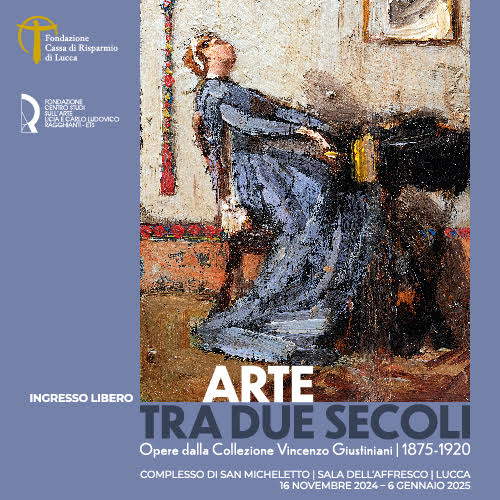Major artist Andres Serrano launches his first film, about the attack on Capitol Hill
We all know him for being one of the most influential and well-known artists of his generation. Now Andres Serrano (New York, 1950), the American artist of Honduran and Cuban descent, famous for his photographs of corpses and for his works using bodily fluids (such as the very famous Piss Christ of 1987, a photograph of a crucifix submerged in a jar of urine), has decided to give himself over to film. And he does so with Insurrection, a feature film released on Jan. 6, exactly one year after the CapitolHill attack launched by Donald Trump supporters at the Capitol in Washington. The film, Serrano’s first, is precisely an account of what happened that day.
The 75-minute-long film will alternate between footage shot live during the attack on Capitol Hill, which Serrano put together after extensive research on social media (in fact, many are amateur clips ) and on platforms where stock videos are sold, and images from earlier riots (for example, the Great Depression riots: Serrano reinterpreted 150 years of American history), for a result described as “chaotic” and “heartbreaking” by those who have already seen it, since, in keeping with his practice, Serrano used some very raw snippets, including some sequences never shown on television of the death of Ashli Babbitt, the woman shot in the face during the Capitol Hill riots and who disappeared that very day.
An important role is played by the soundtrack, composed with historical pieces of American music (the opening is to the notes of Bob Dylan’s You Ain’t Goin’ Nowhere, a song from 1971). “I grew up with Dylan,” Serrano said. “To me he was like the Bible, his songs were proverbs.” The songs, in addition to providing a narrative framework, were selected to illustrate the lingering belief (particularly present on Jan. 6) that “American patriots” will always be victorious because God and Jesus are on their side, a paradoxical belief that Serrano said makes that American “marriage” between Christianity and war particularly evident.
“I like the word ’heartbreaking,’” Serrano told the Guardian. “What I intended to do was an immersive experience that takes you to Washington on Jan. 6 in real time.” Serrano’s work on the film began last April, and, the Guardian goes on to explain, the idea came about because the artist was disturbed by the racial dynamics that occurred that day, when the rioters who stormed the Capitol, all white, were not brutally removed by law enforcement, but escorted almost gently outside. “Blacks are killed for very well,” Serrano said, “and these whites were instead treated with kid gloves.”
The film’s Jan. 6 debut was open by invitation only, but Insurrection will soon be given free screenings in the U.S. capital, and the film will soon be released elsewhere in the country.
Pictured: the riots on Capitol Hill. Photo by Tyler Merbler
 |
| Major artist Andres Serrano launches his first film, about the attack on Capitol Hill |
Warning: the translation into English of the original Italian article was created using automatic tools. We undertake to review all articles, but we do not guarantee the total absence of inaccuracies in the translation due to the program. You can find the original by clicking on the ITA button. If you find any mistake,please contact us.





























